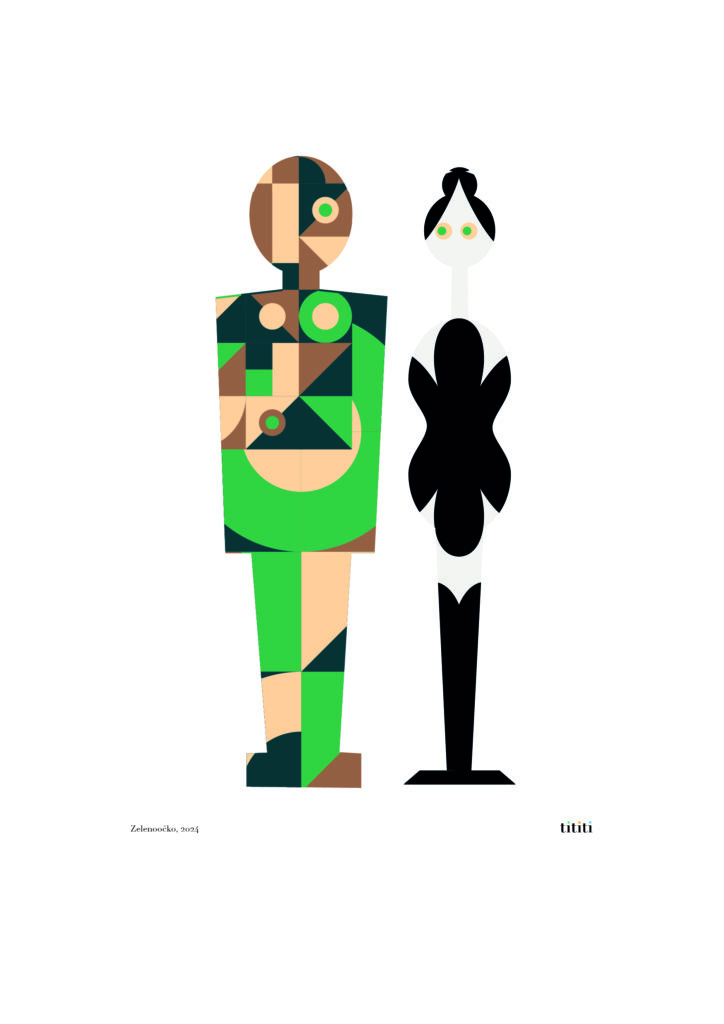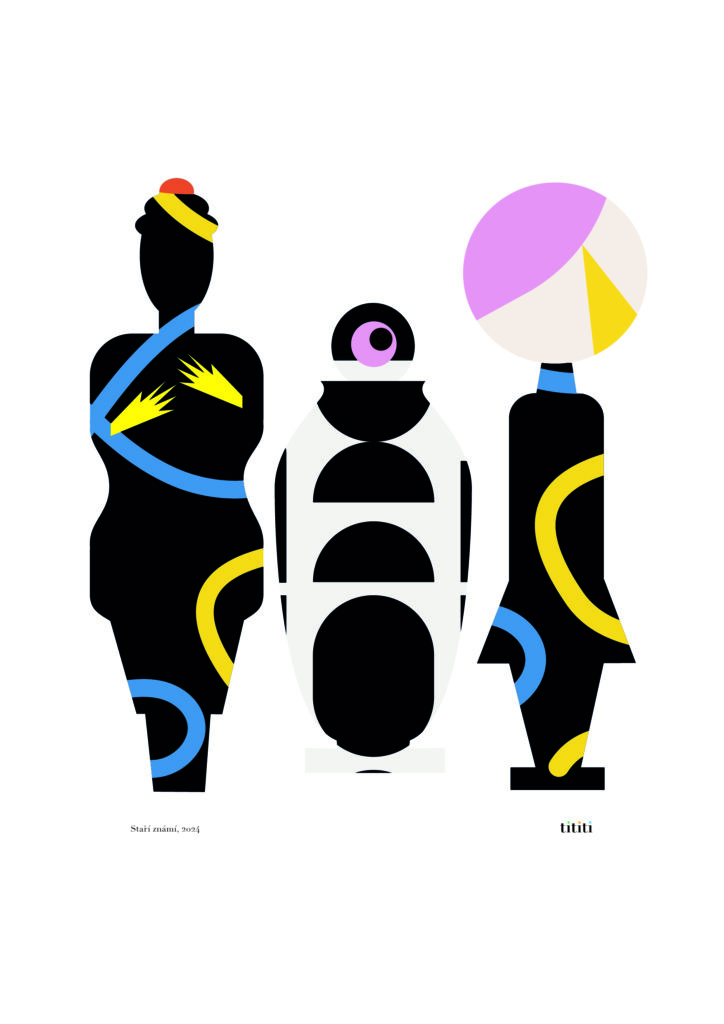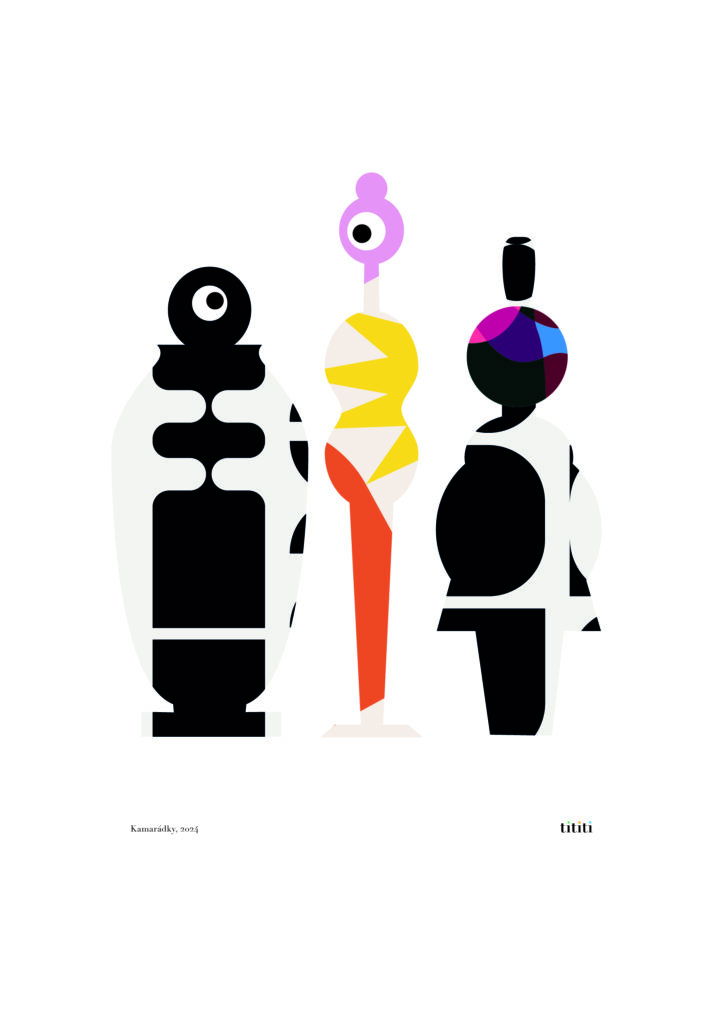
Unique wooden
toys & objects

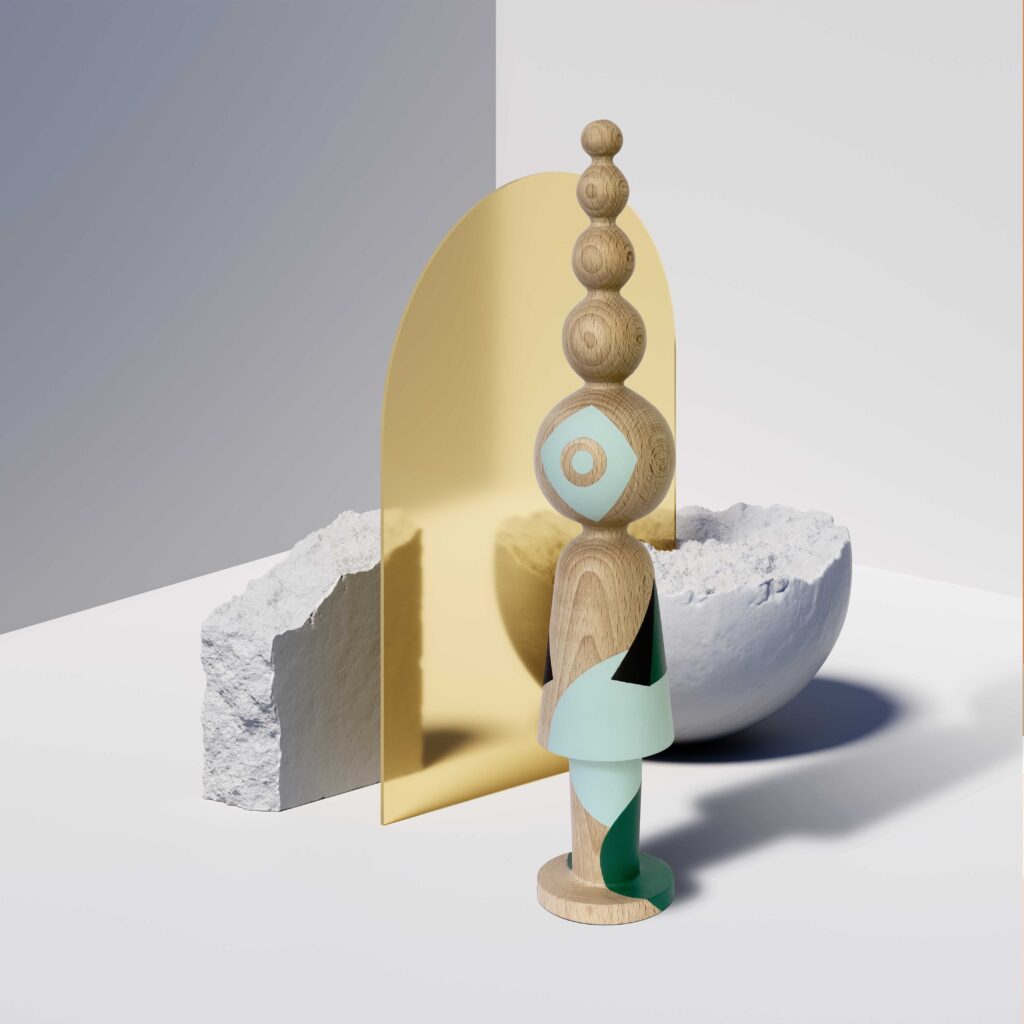
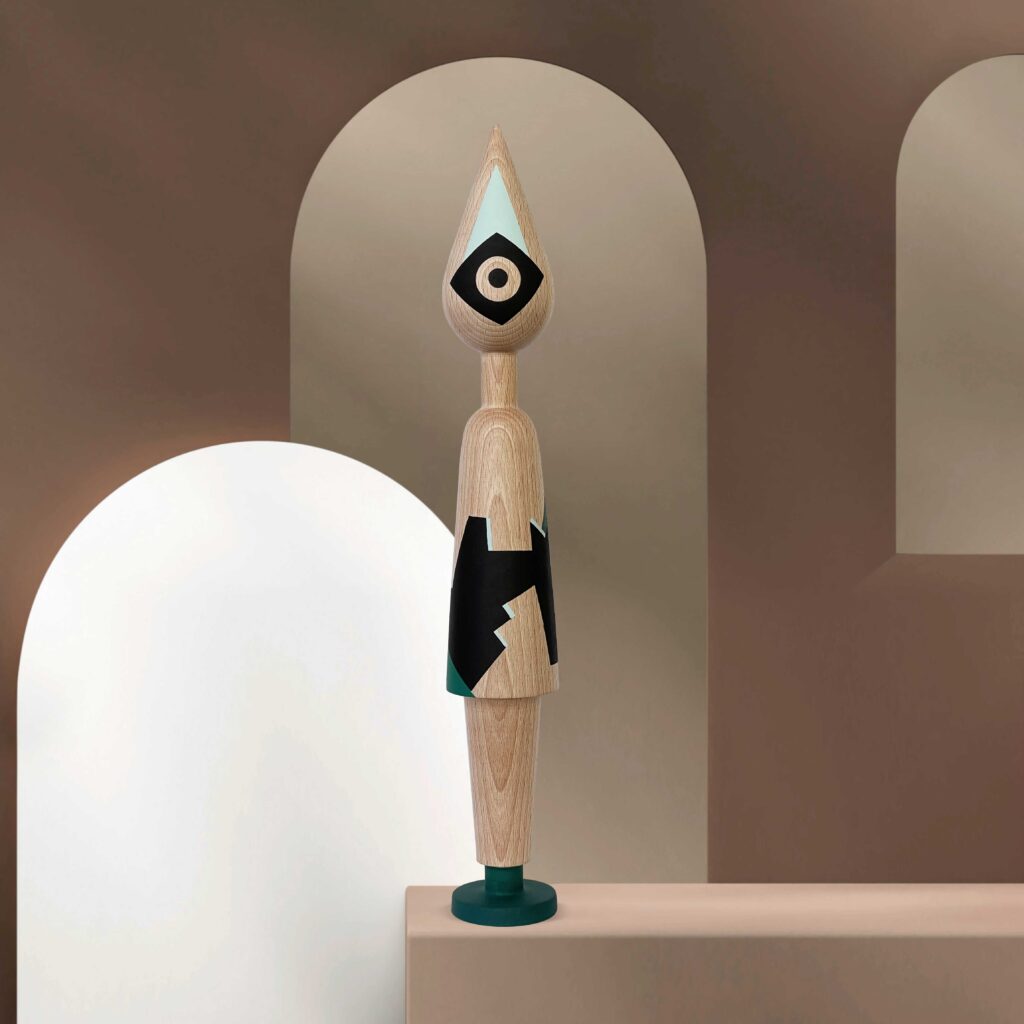

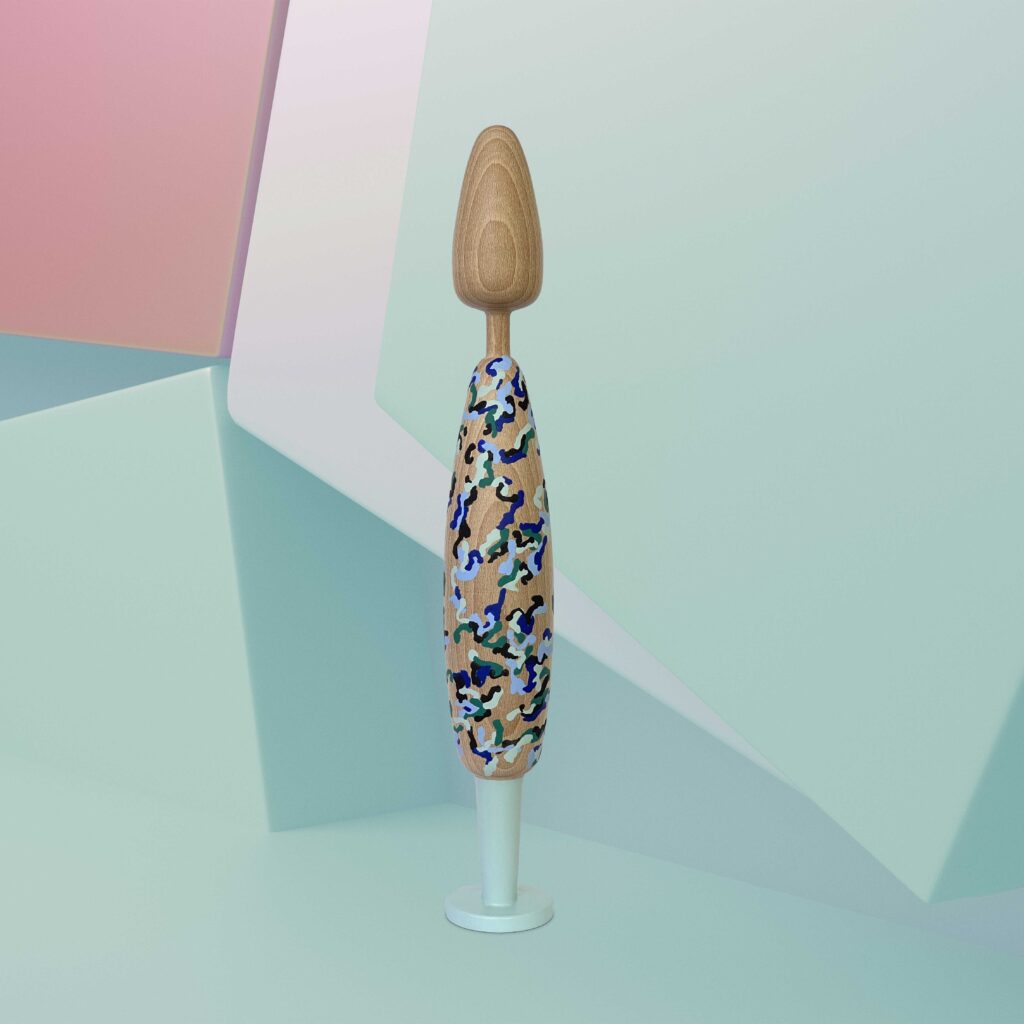
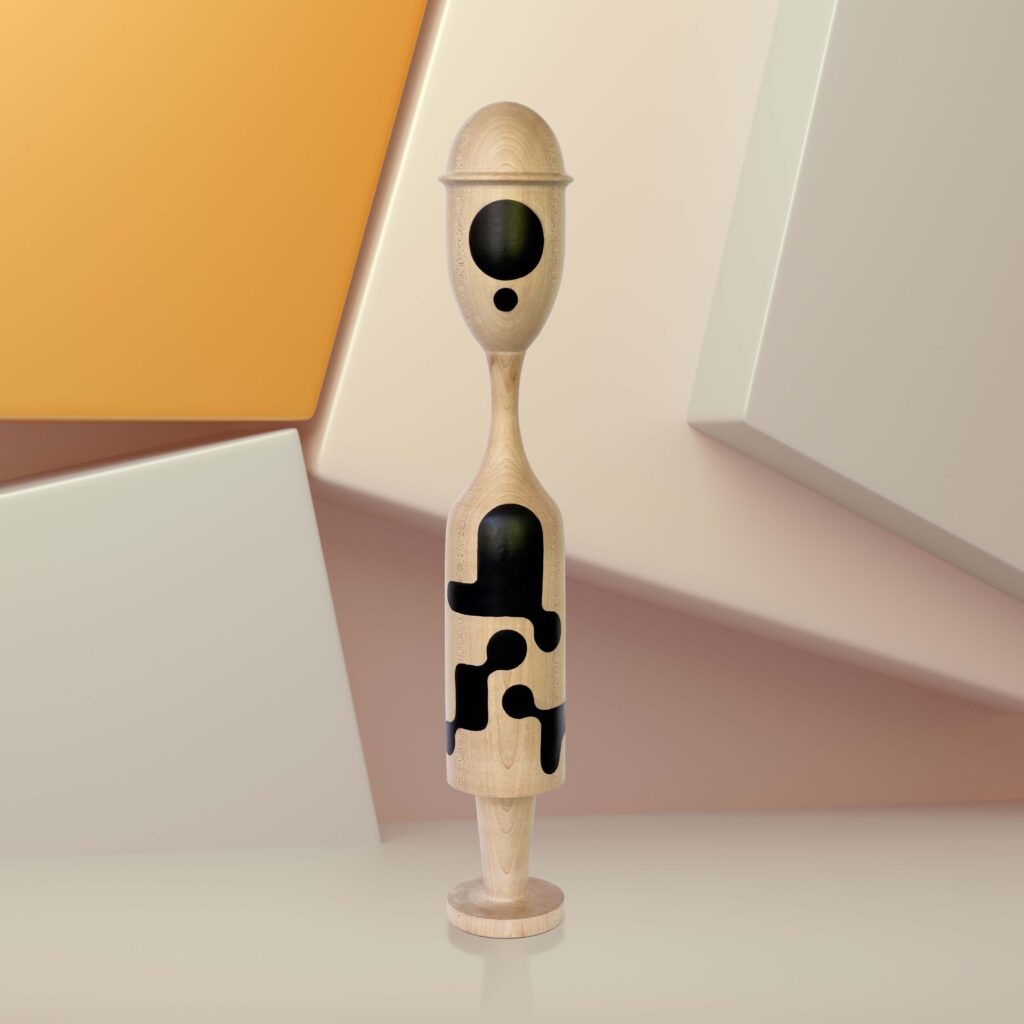

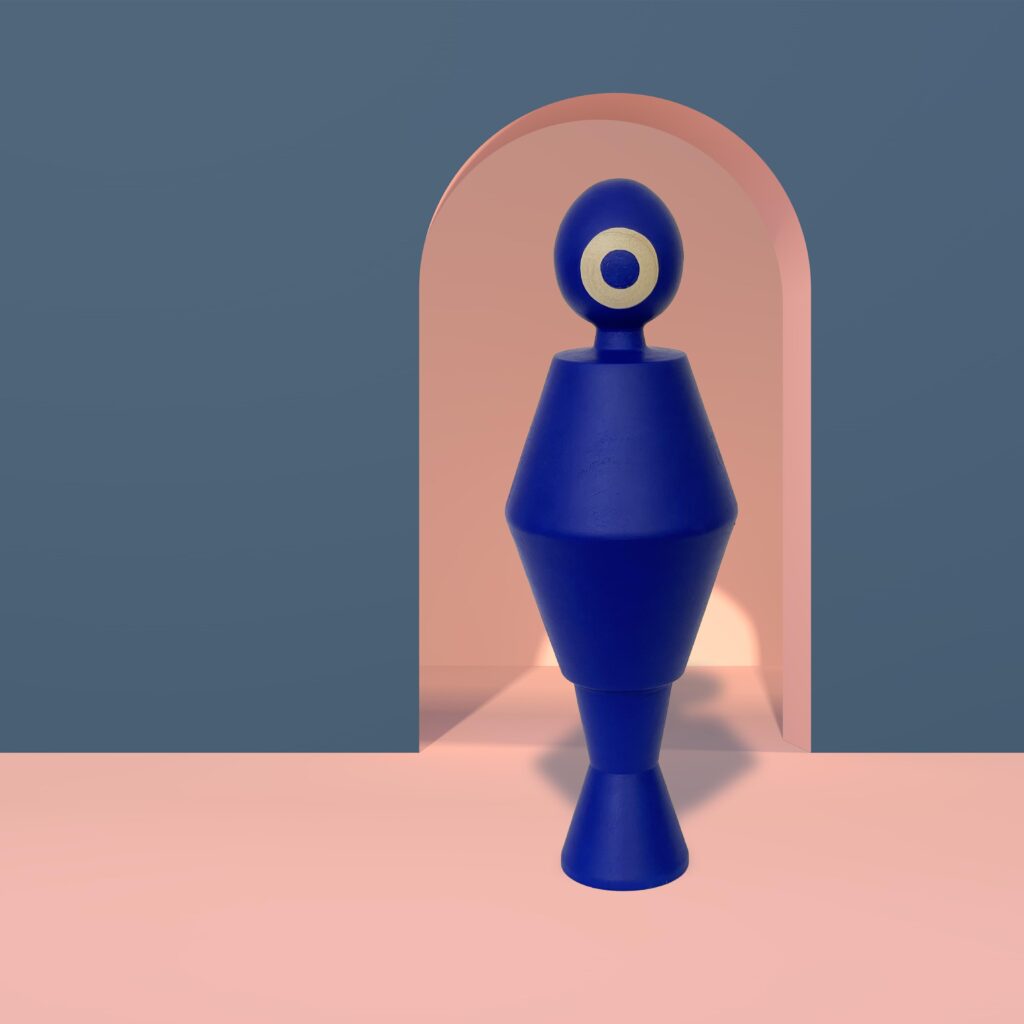
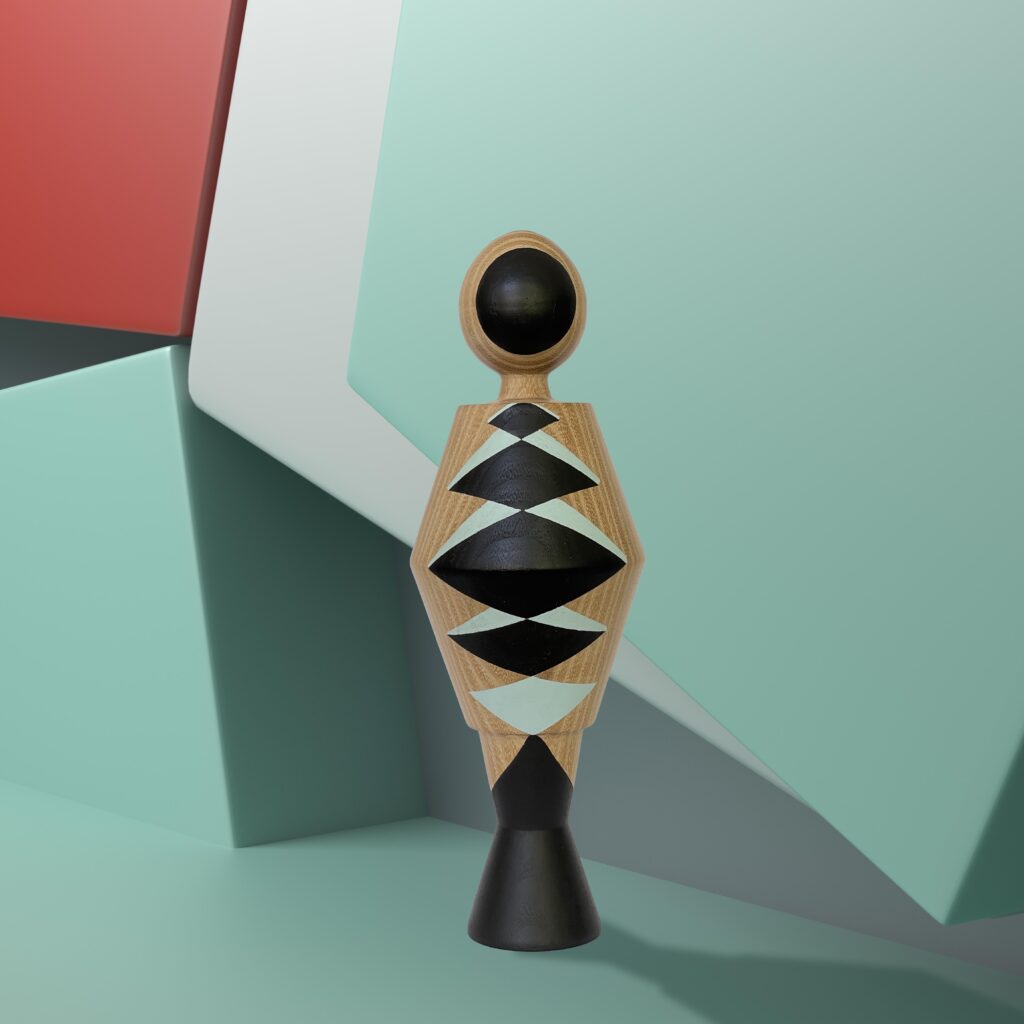
Salone del Mobile, 16-21 April 2024, Milano

Tititi has been invited to exhibit its new series, Inception, at Salone del Mobile in Milan. The new Tititi series will be presented alongside the Czech company TON and its products in hall 9, D02 D04.
This year, TON will introduce a new product at Salone del Mobile. The latest product combines the classic chair n. 14 with the vision of Swedish designers Claesson Koivisto Rune.
TON will present the new product on 17 April at precisely 3.14 PM.
We invite you to our exposition at Salone del Mobile, hall 09, D02 D04.


